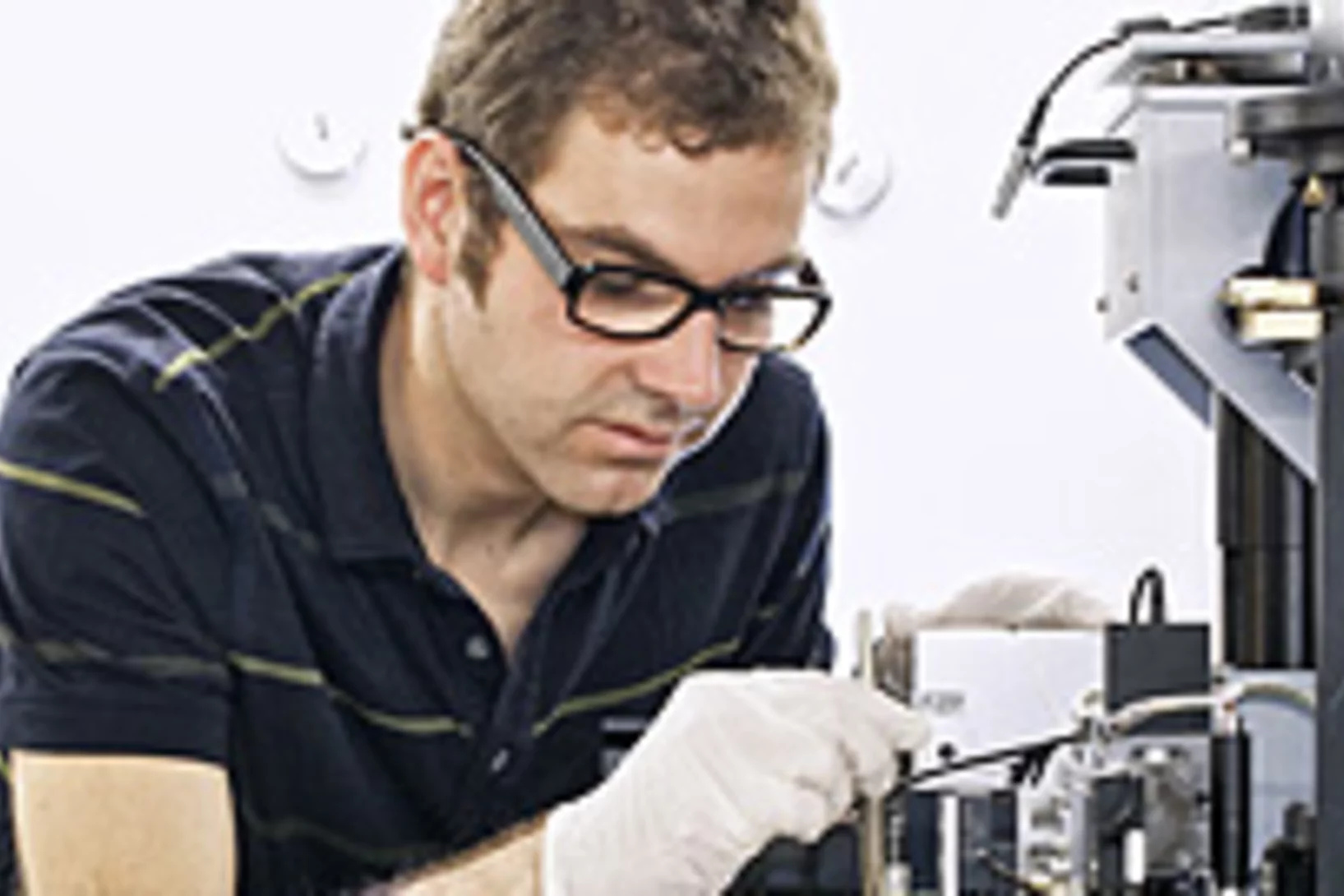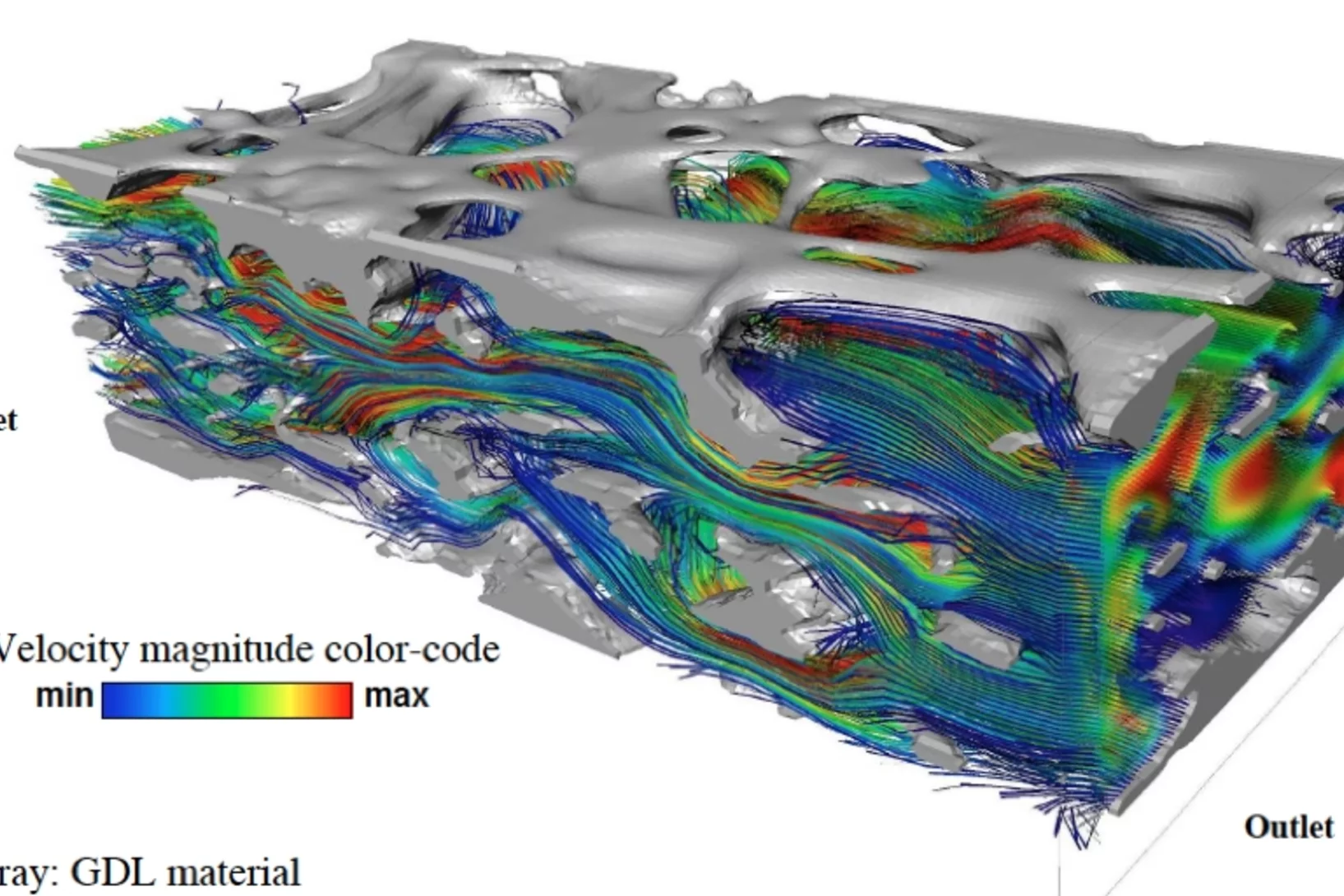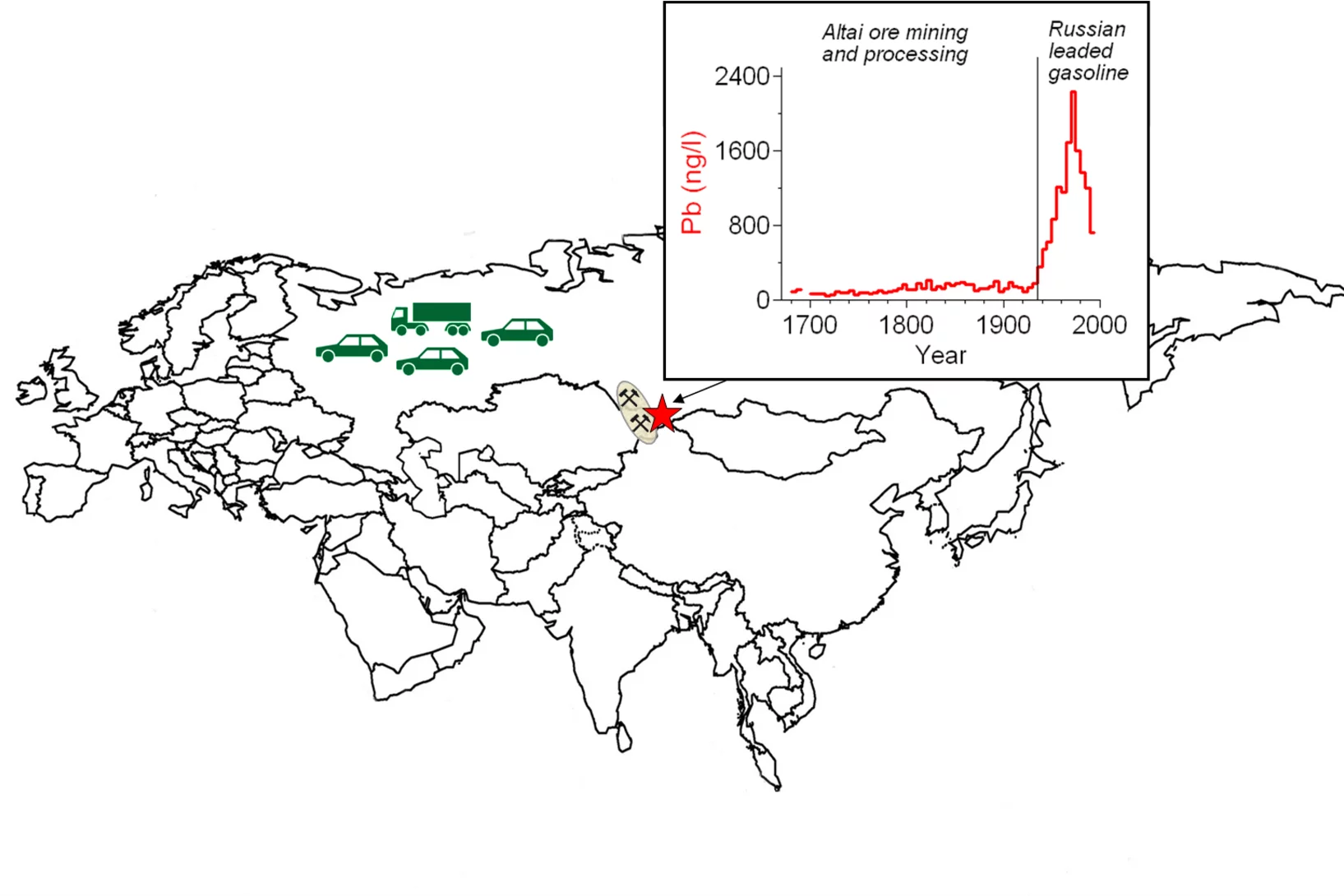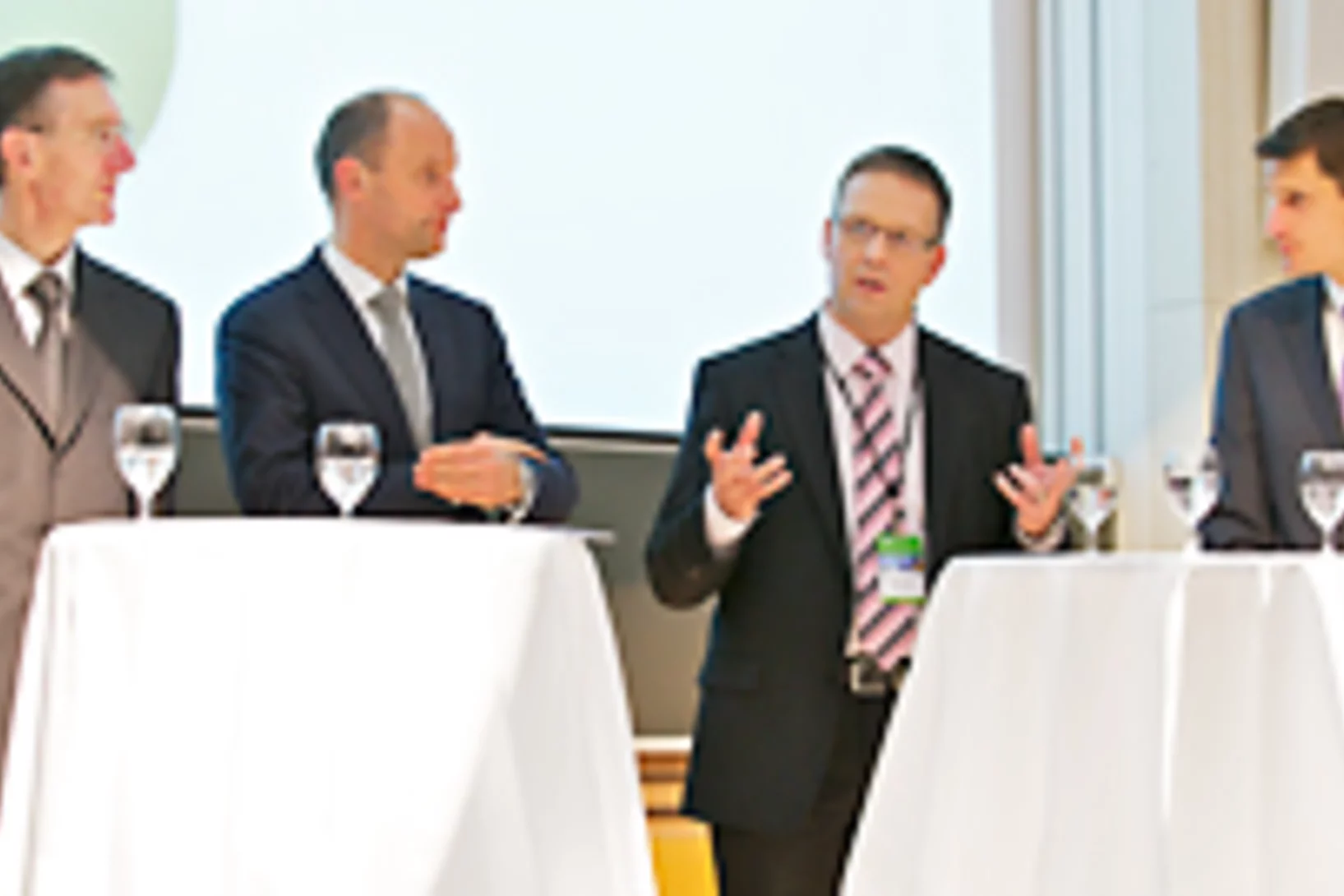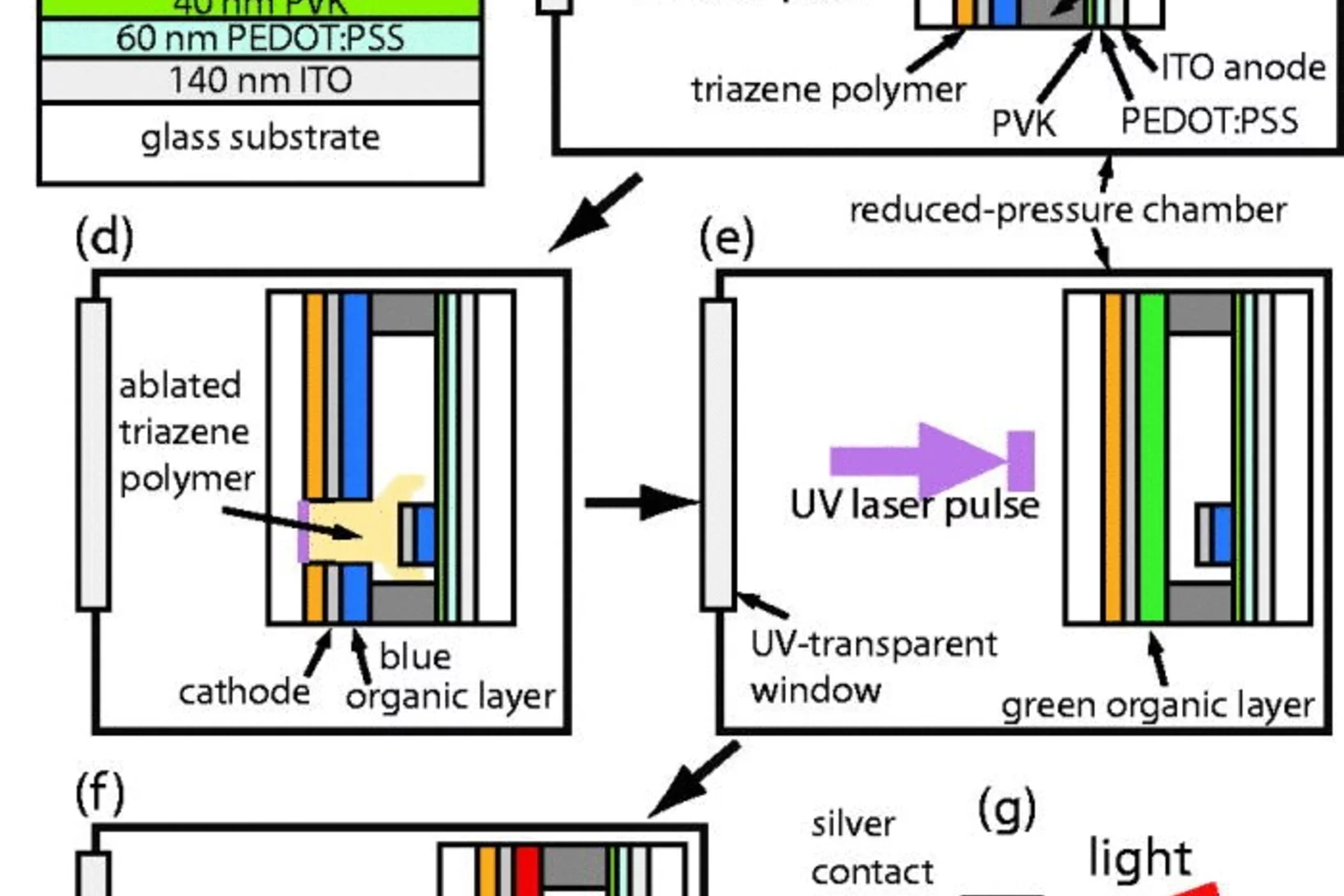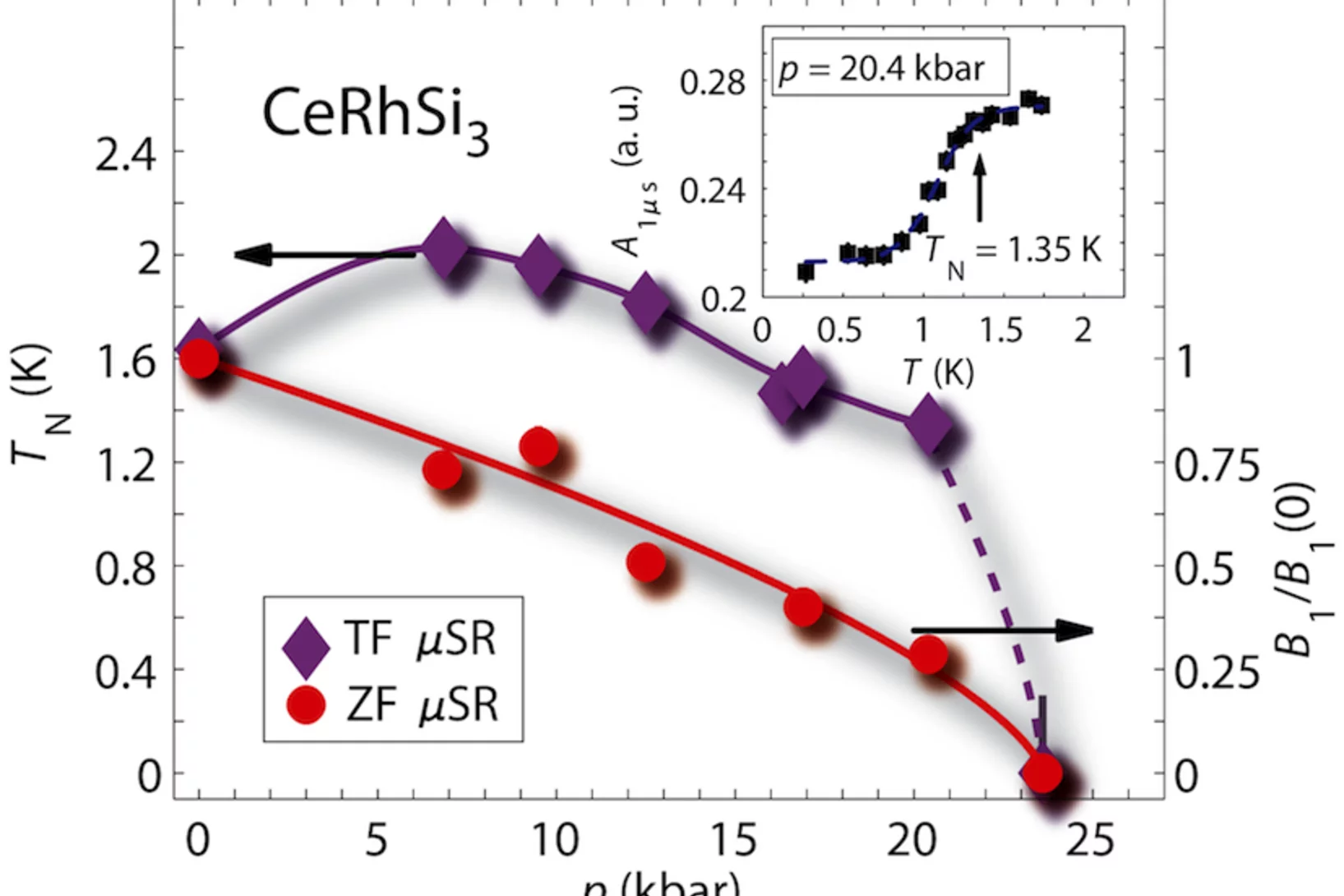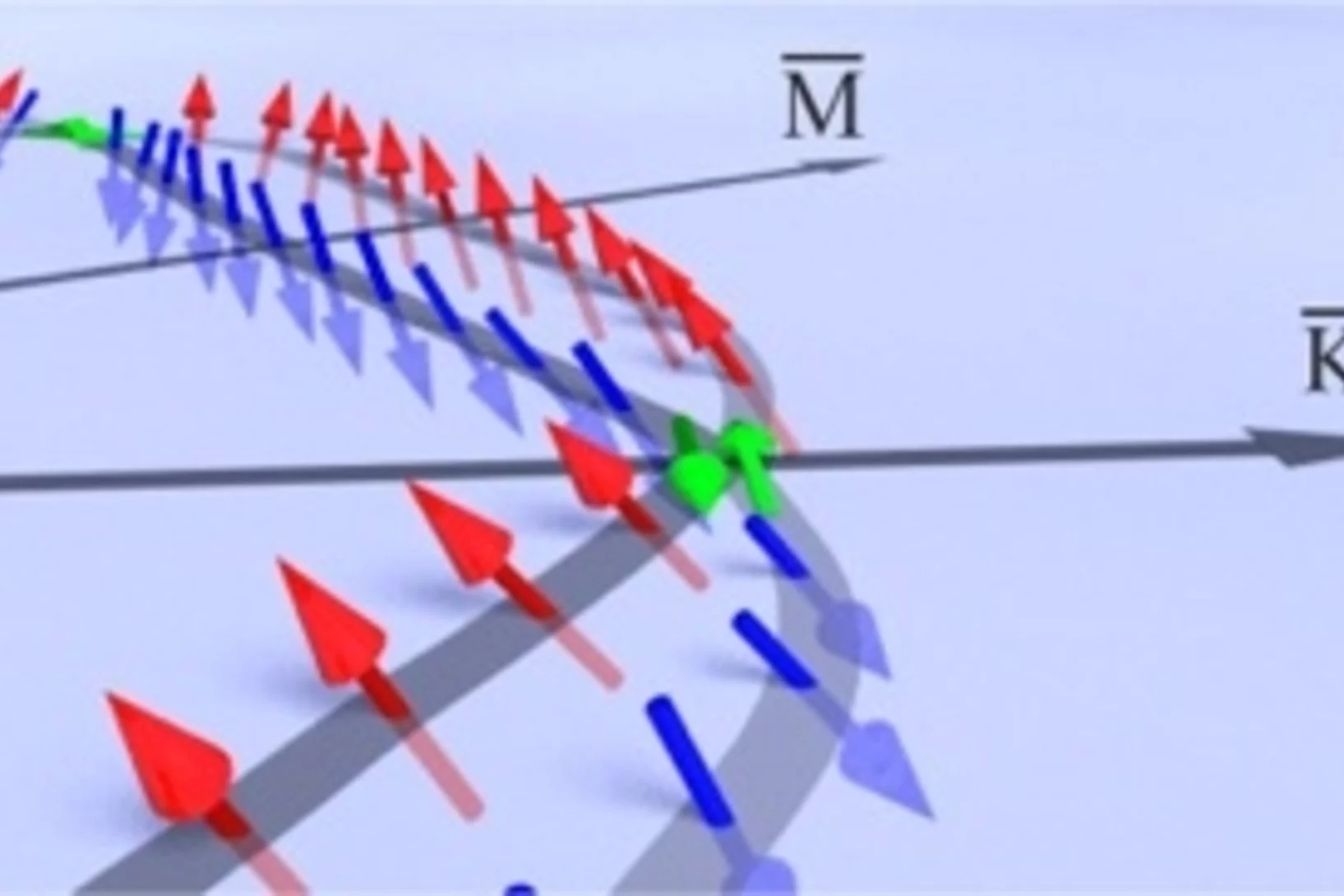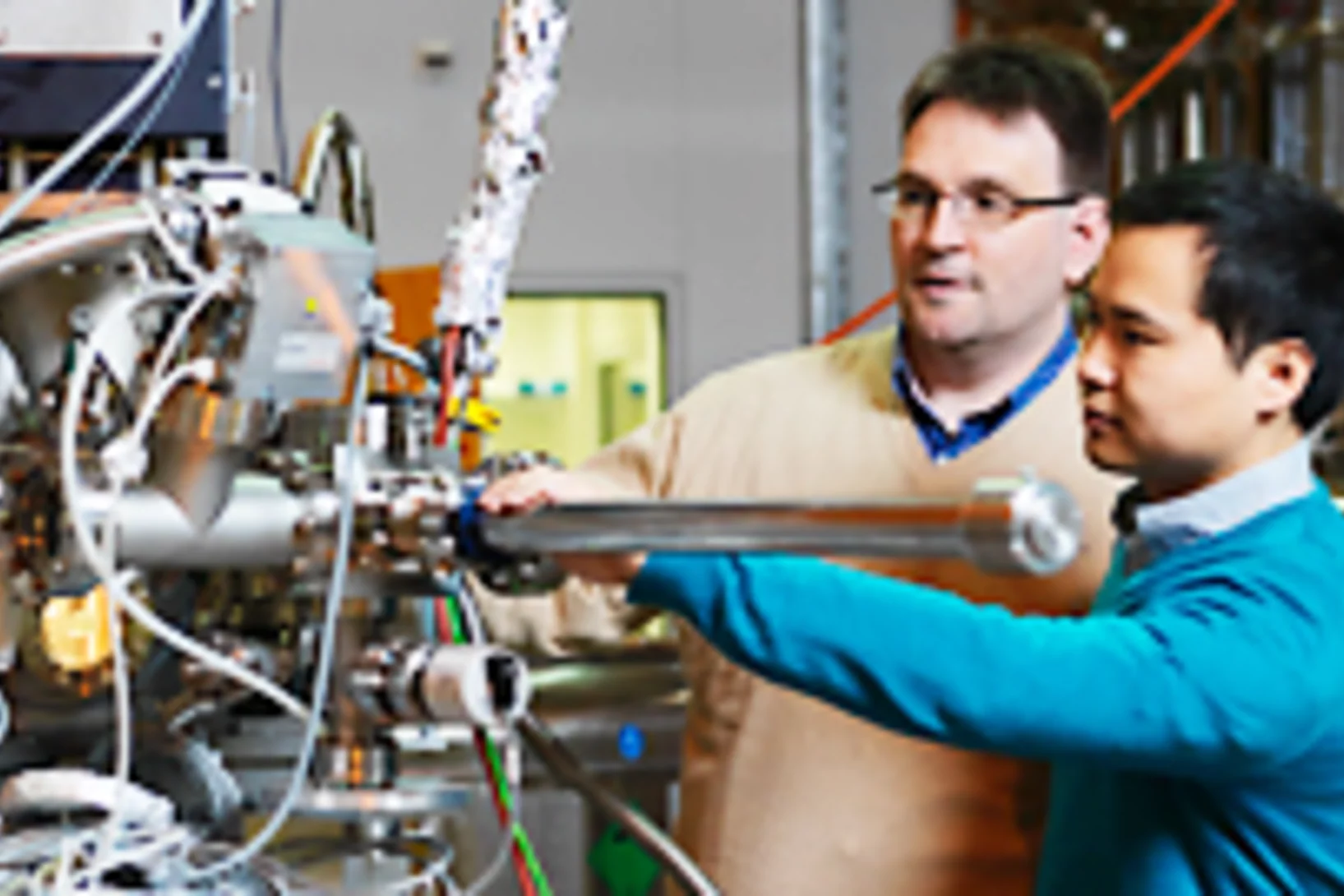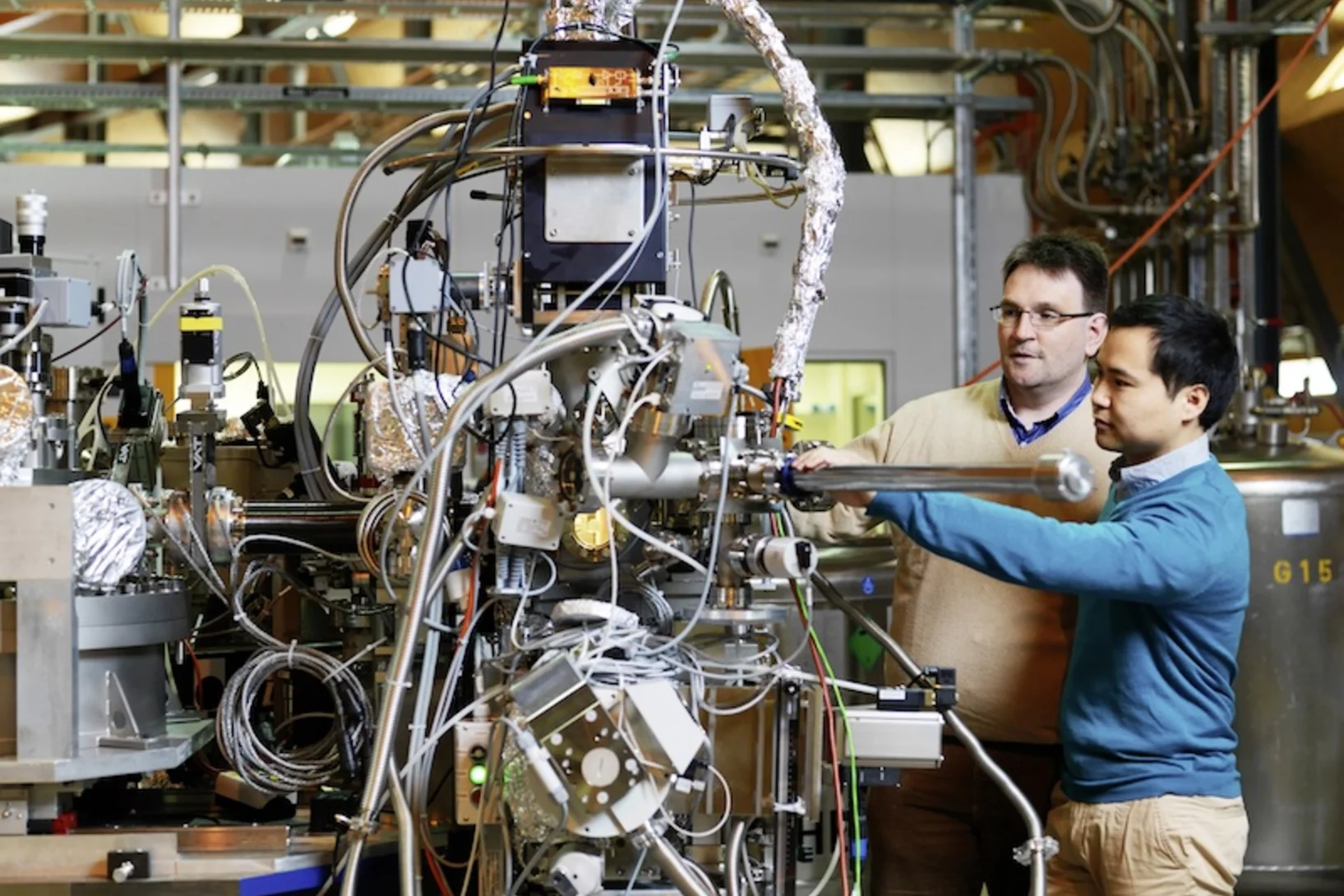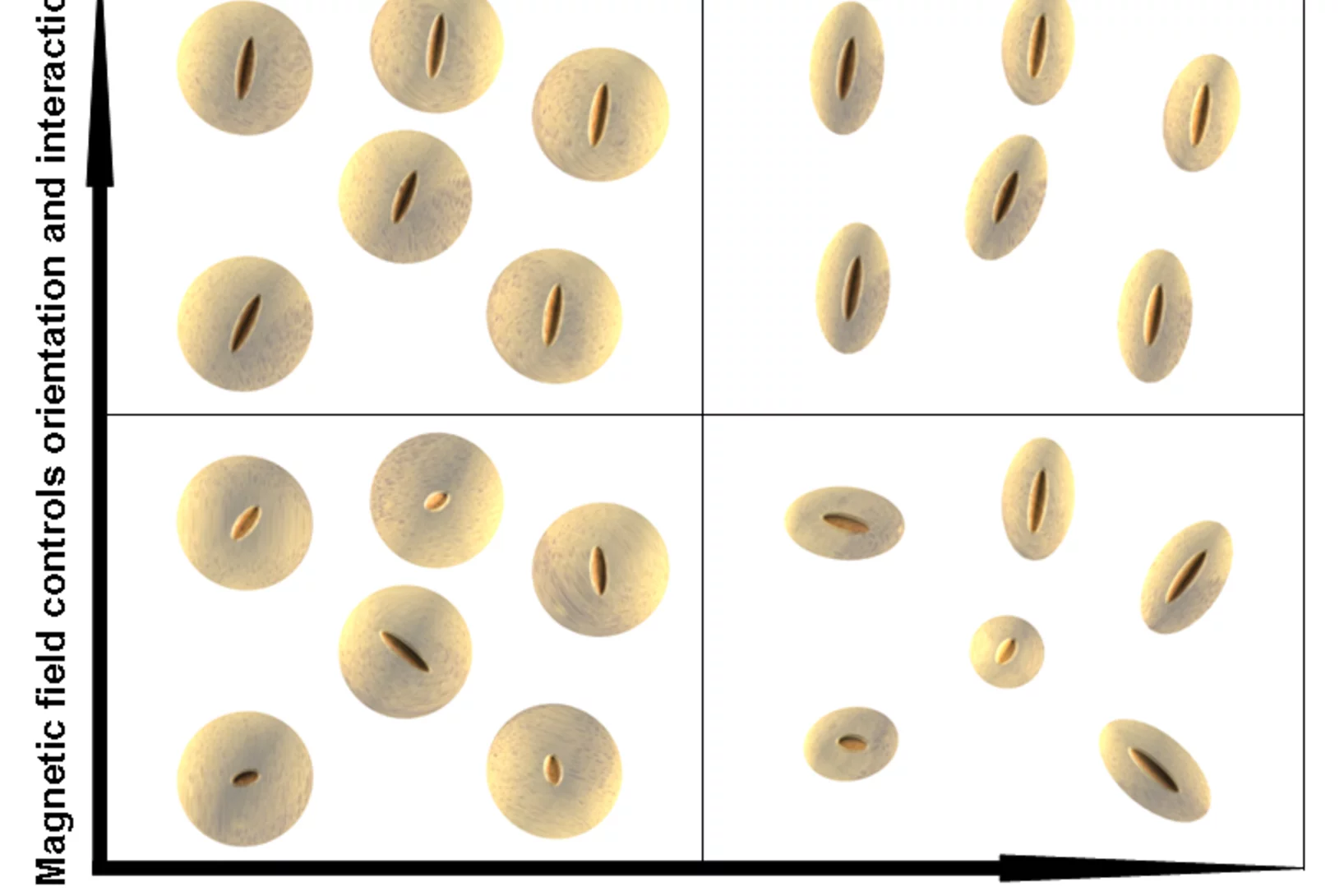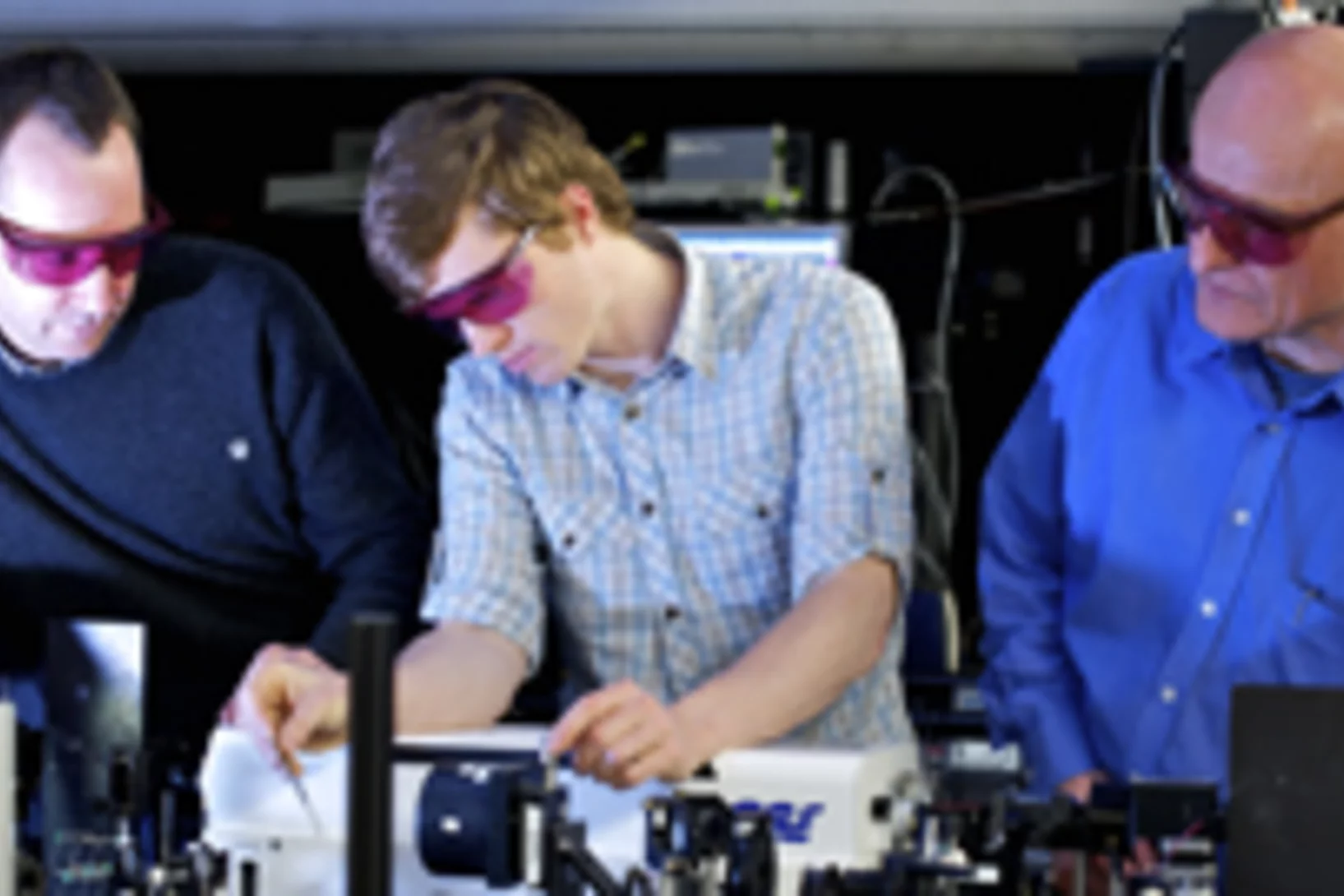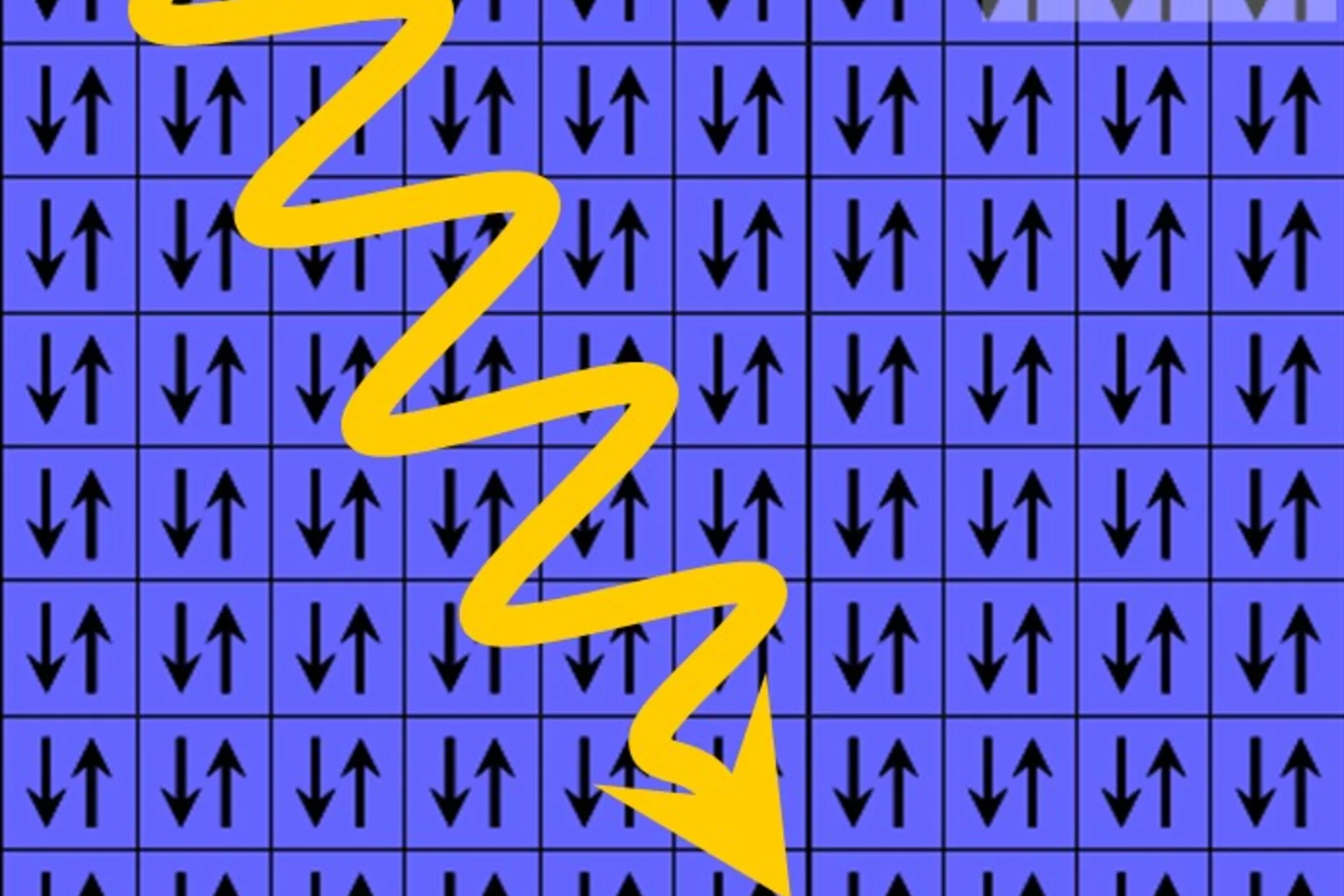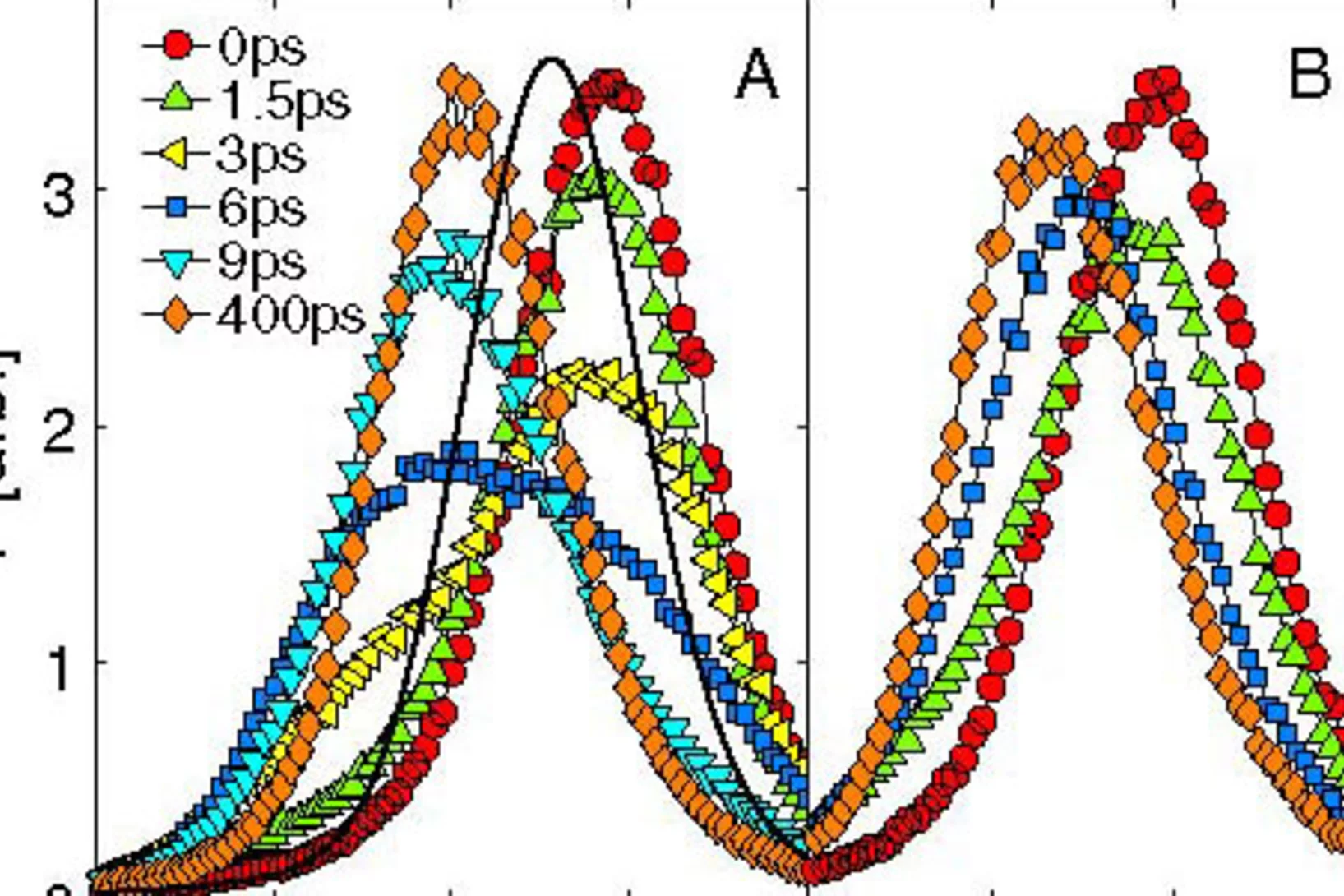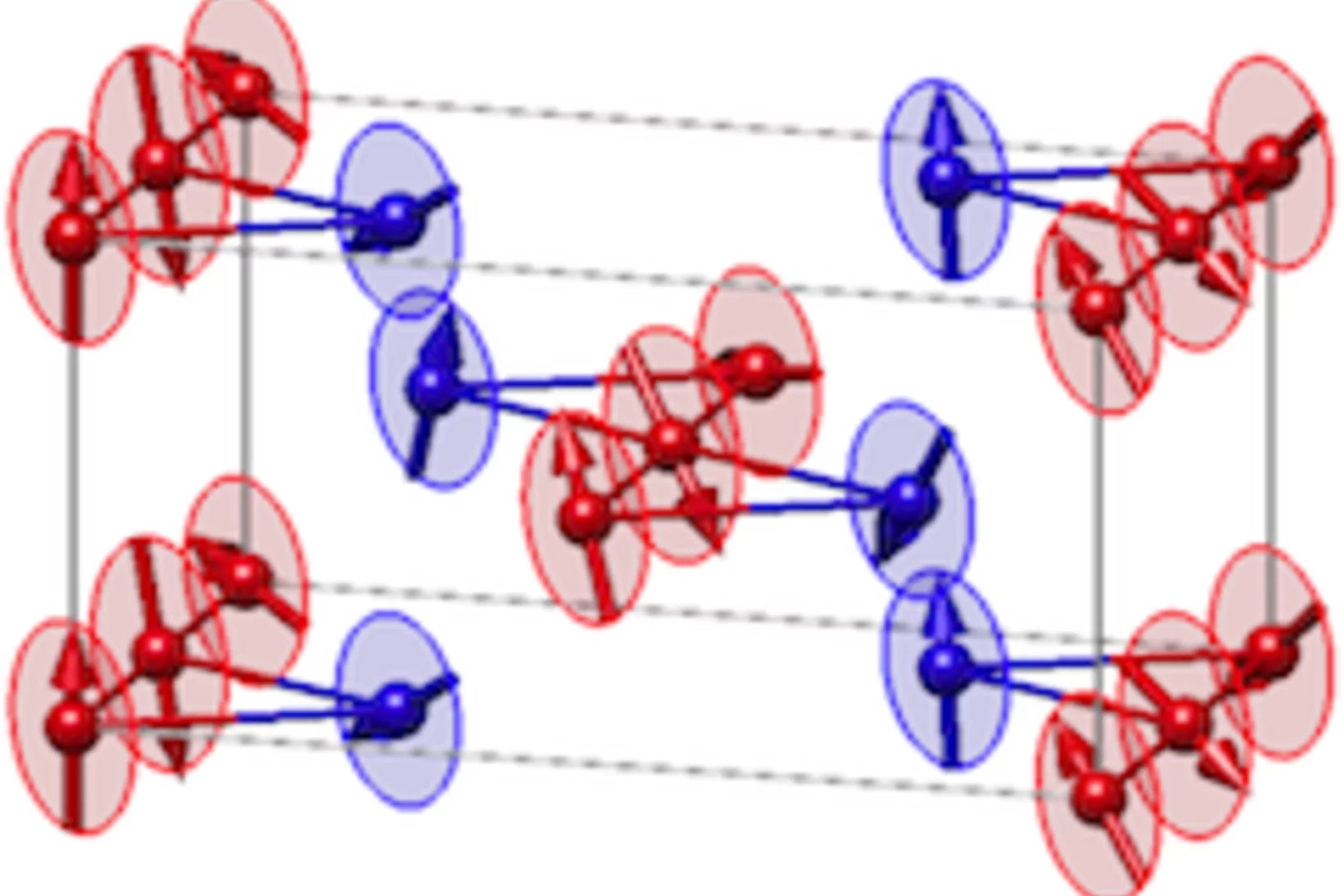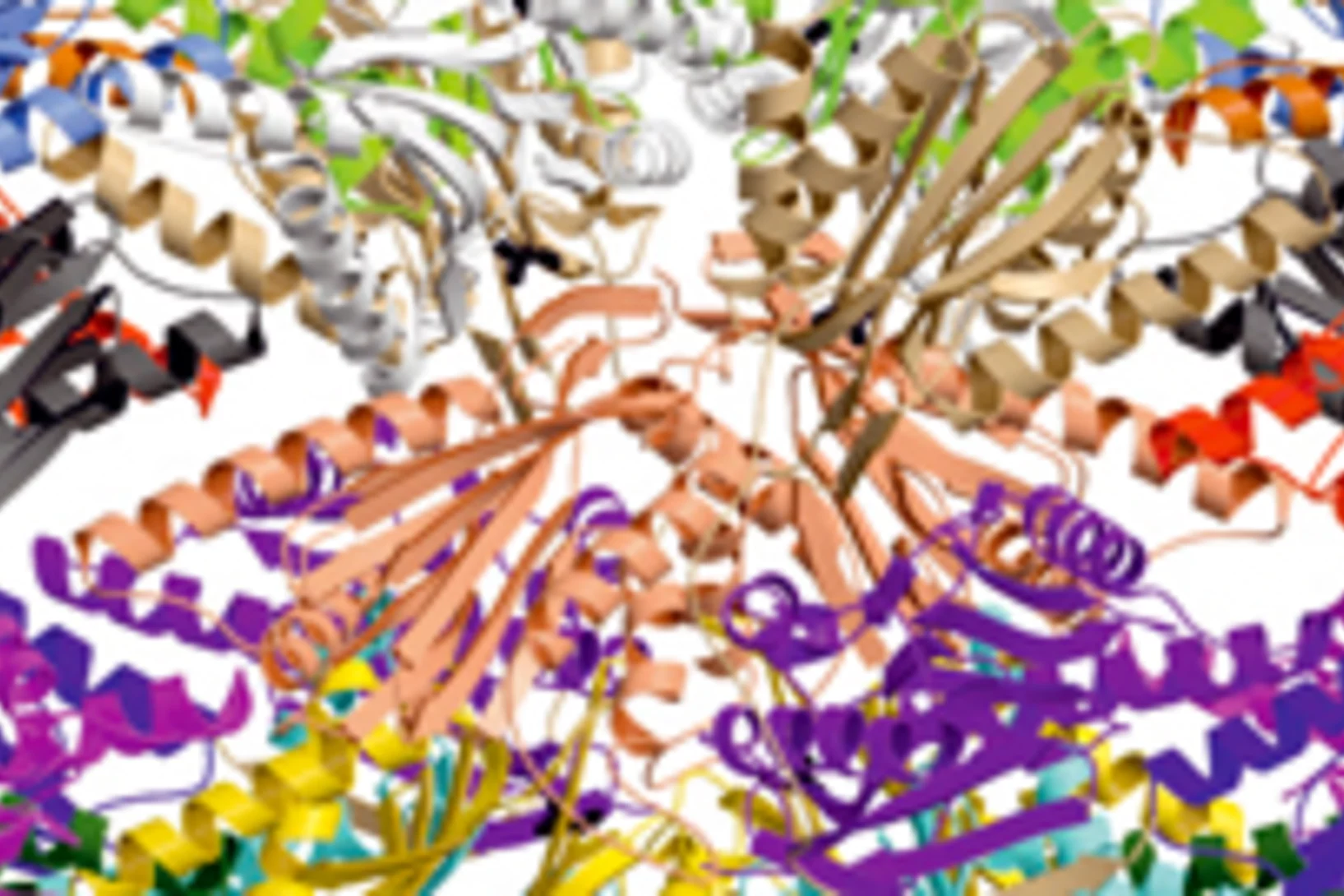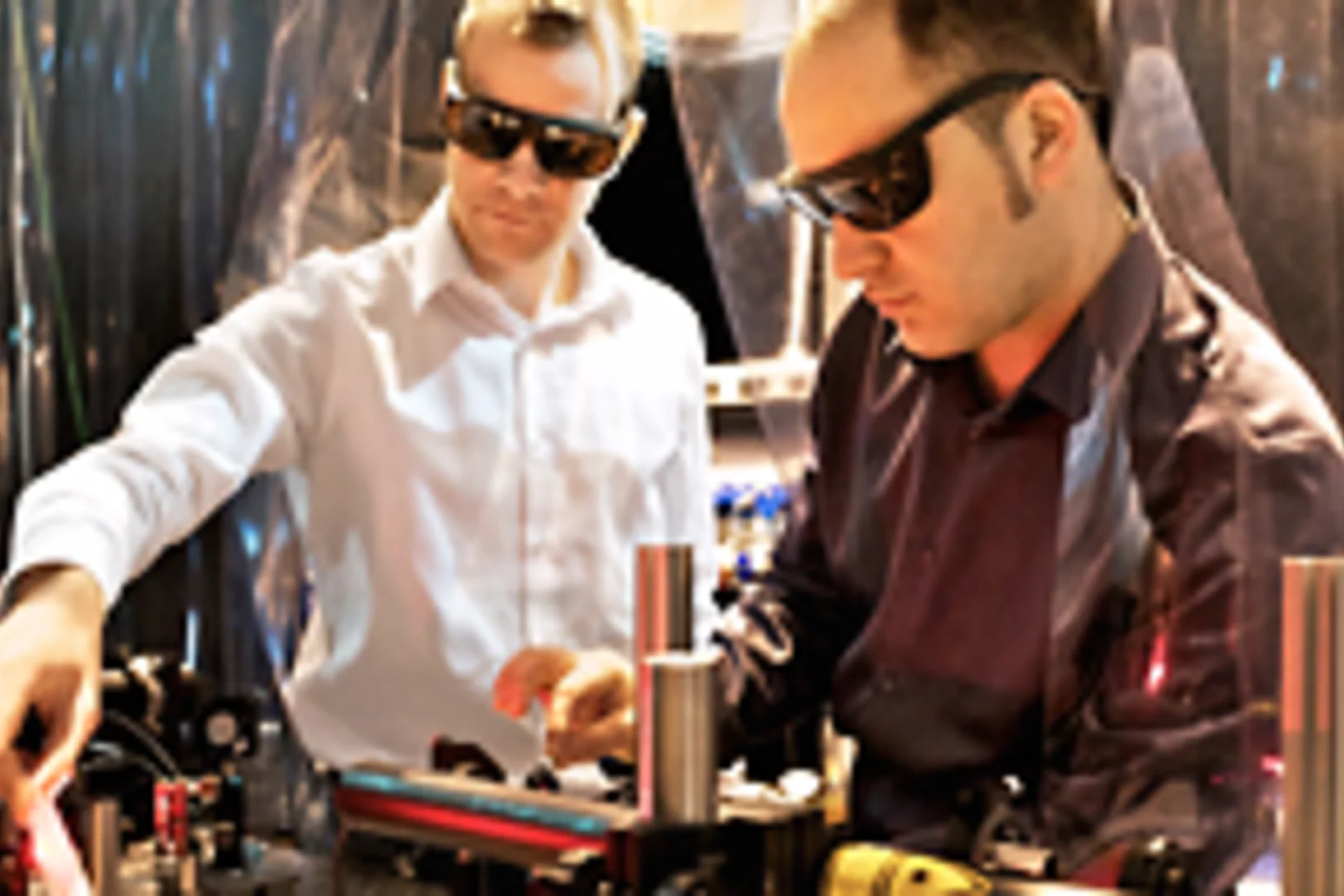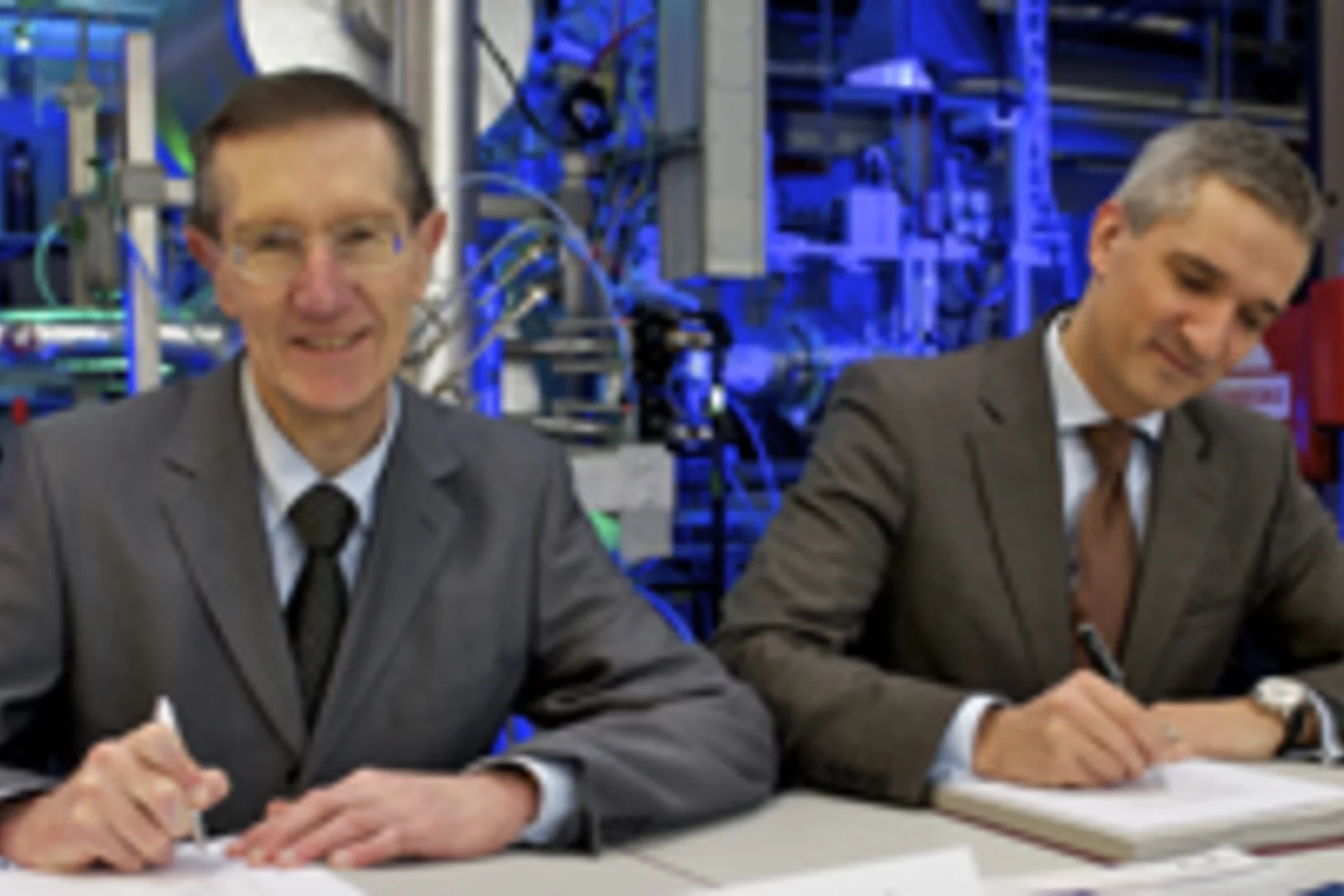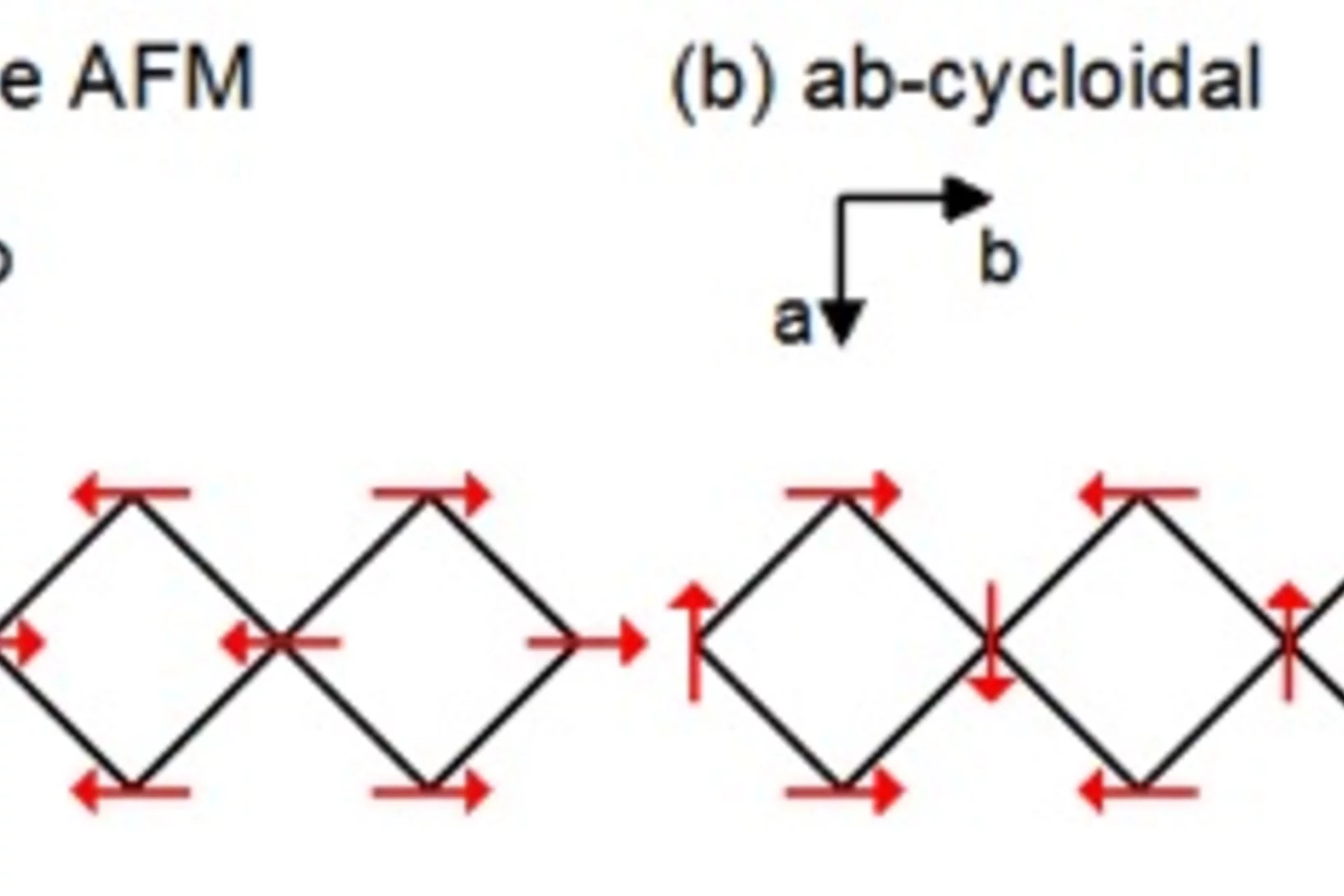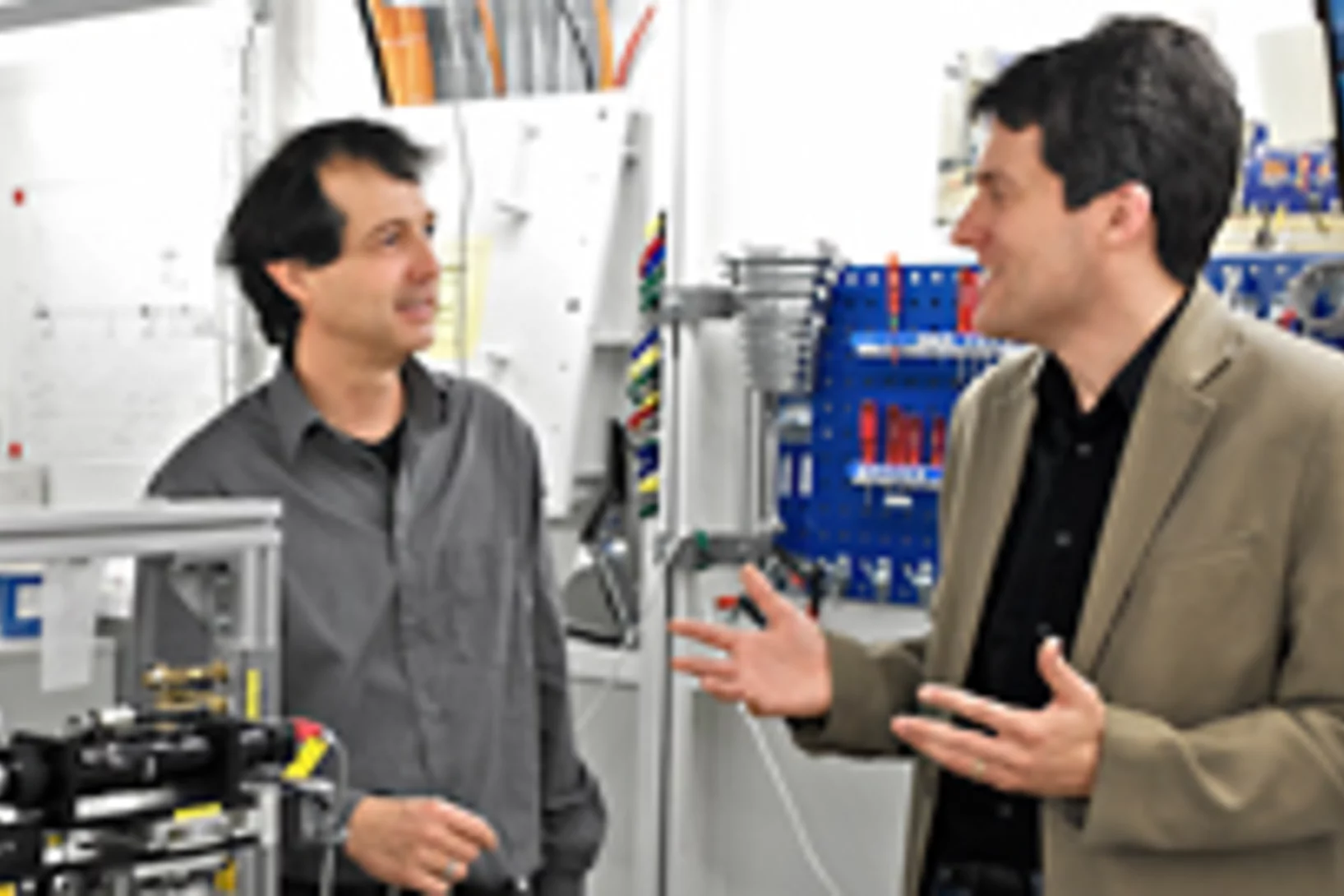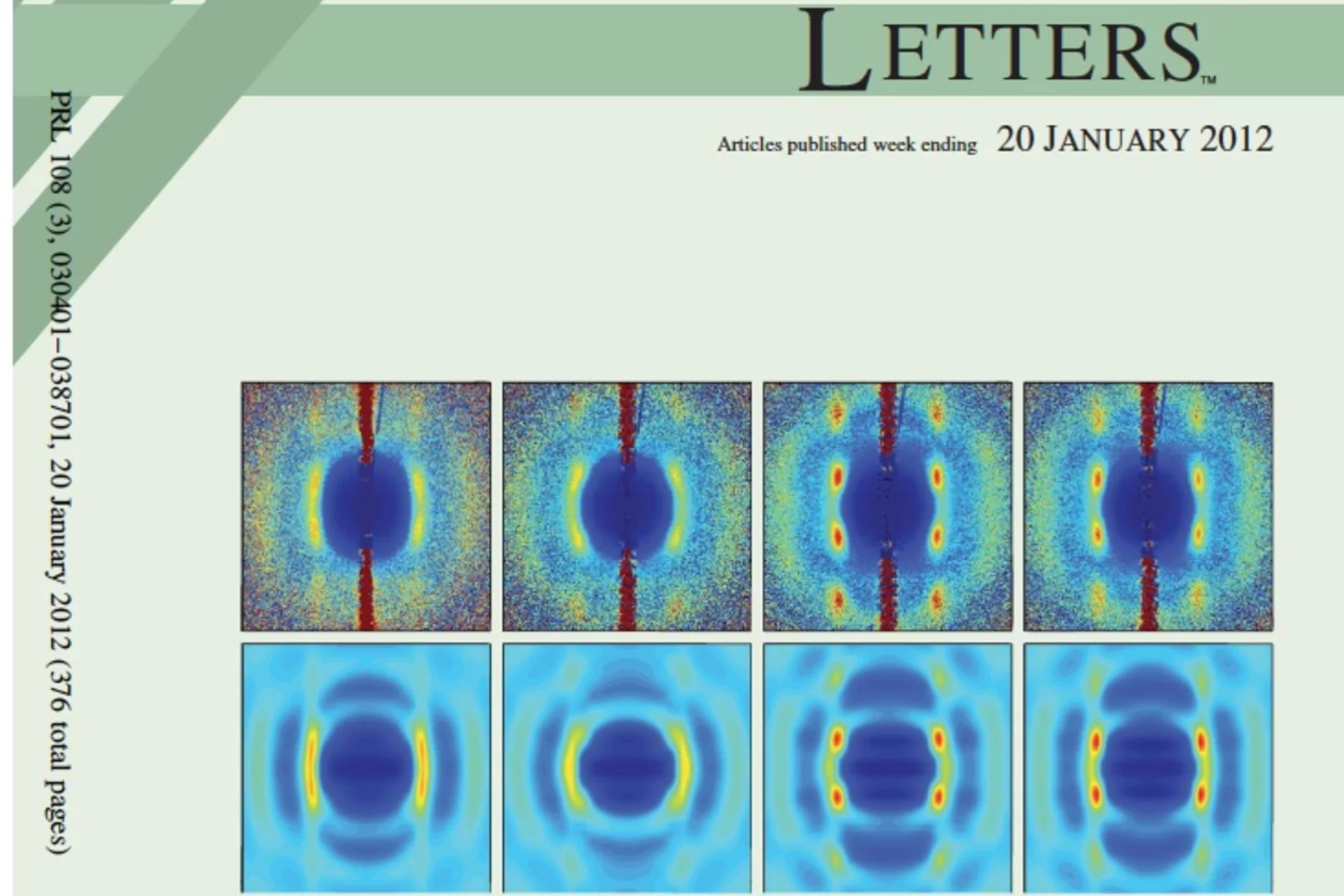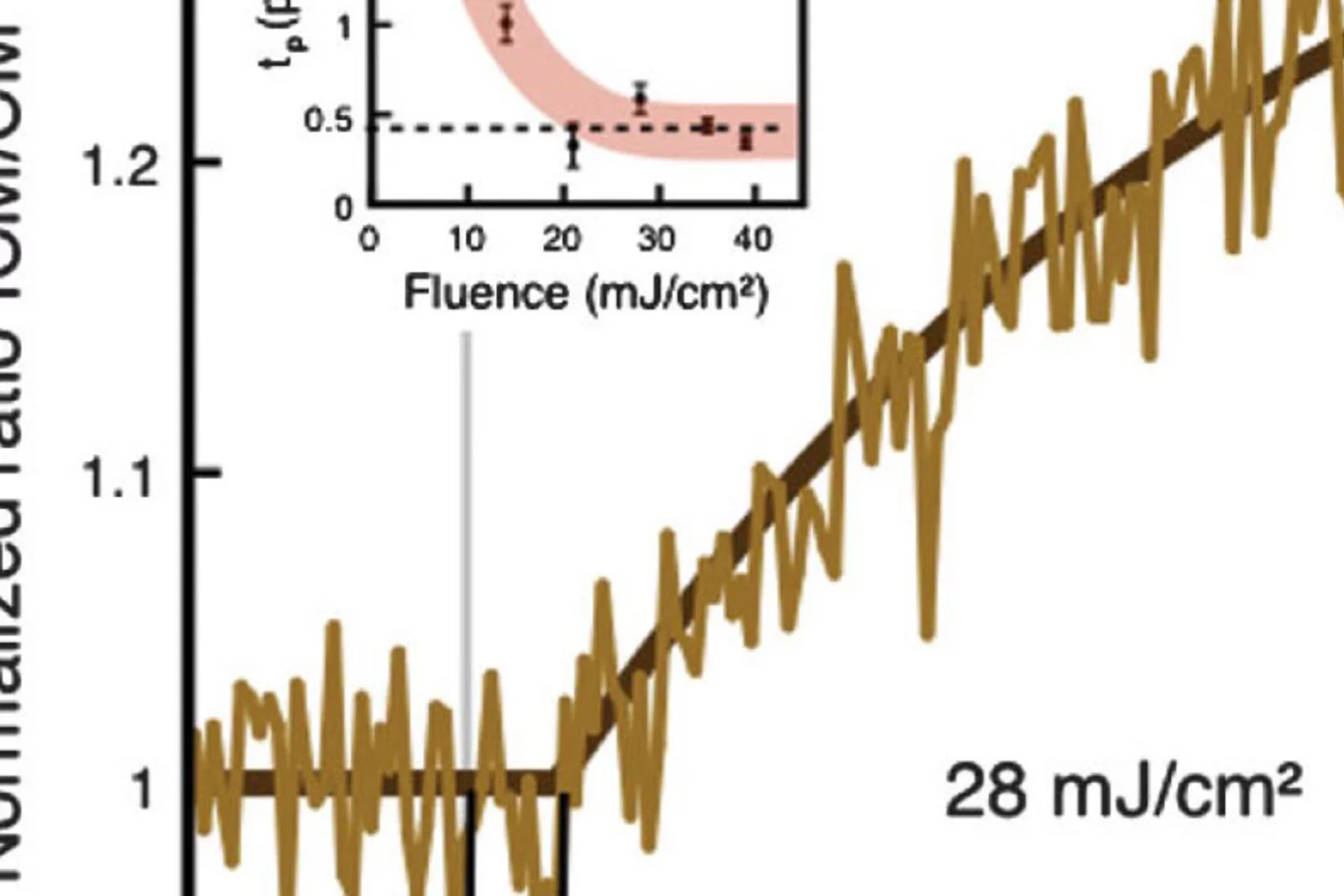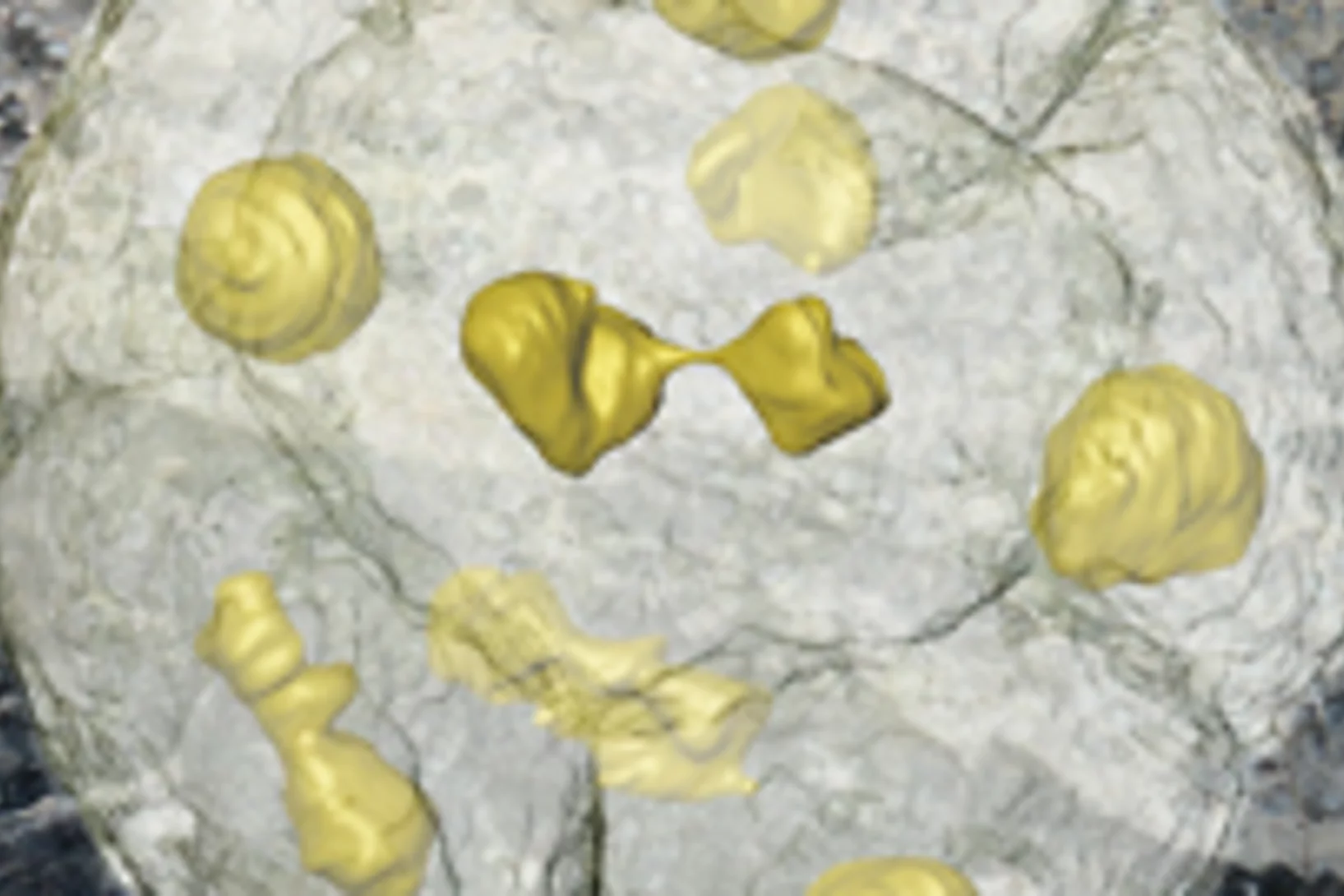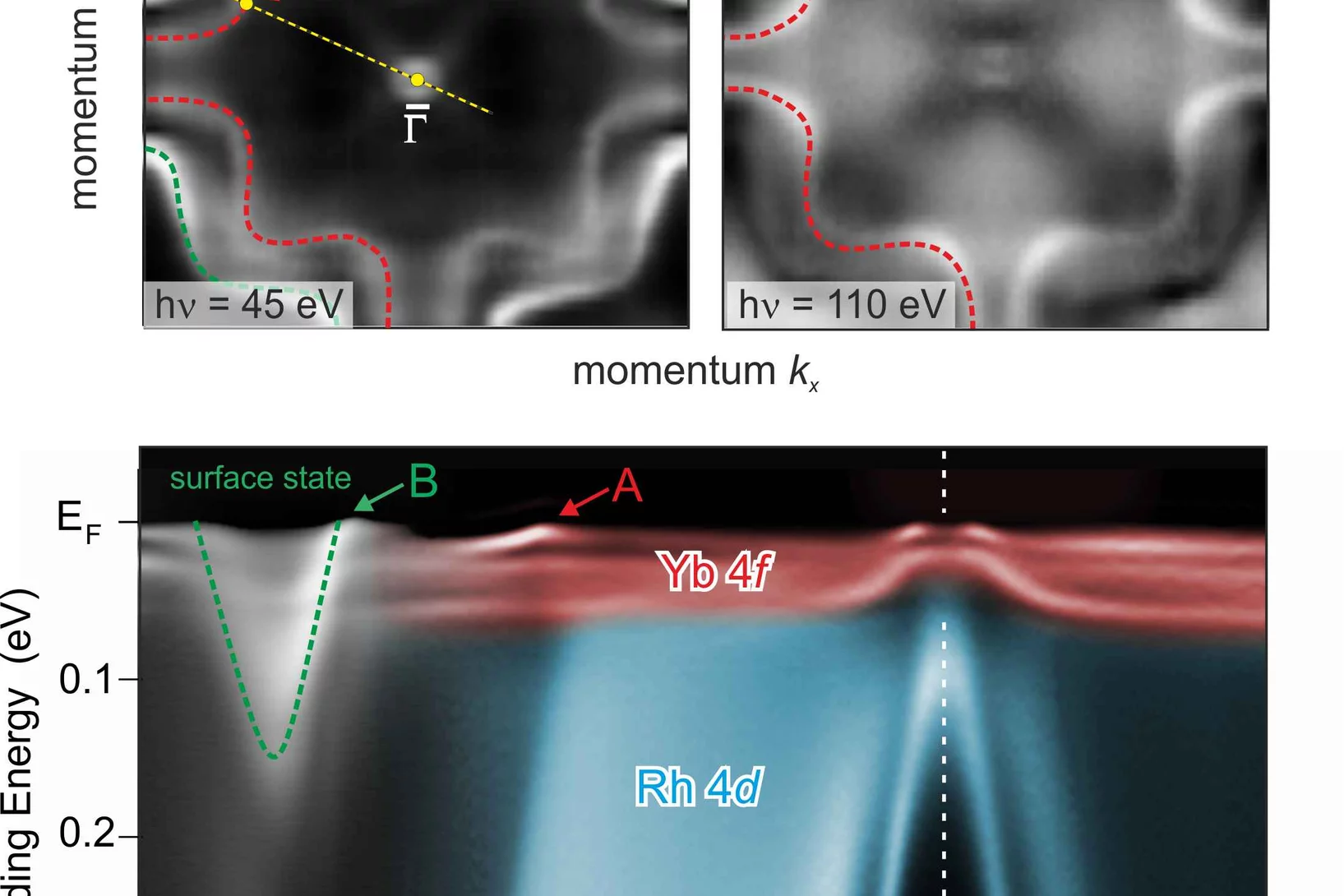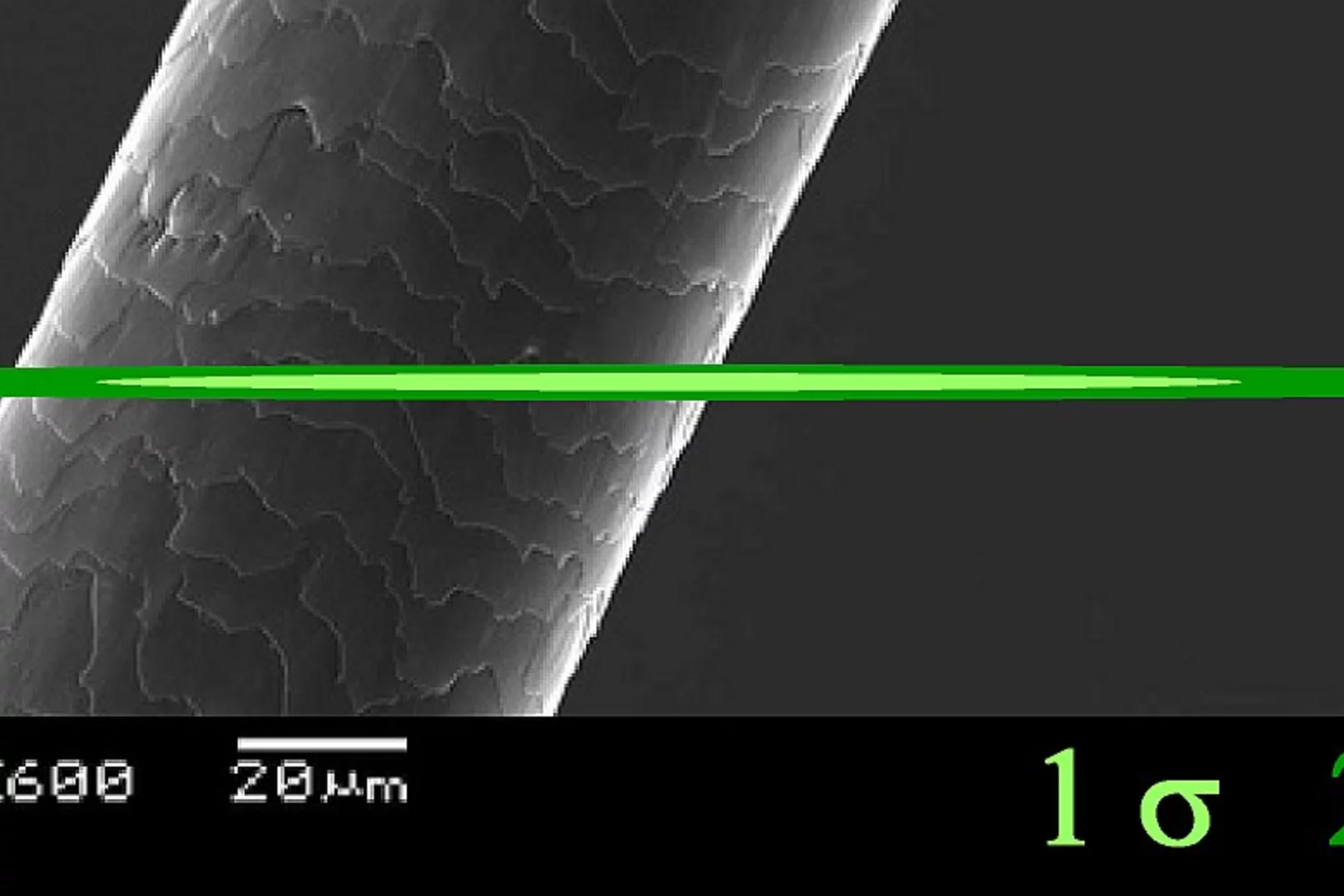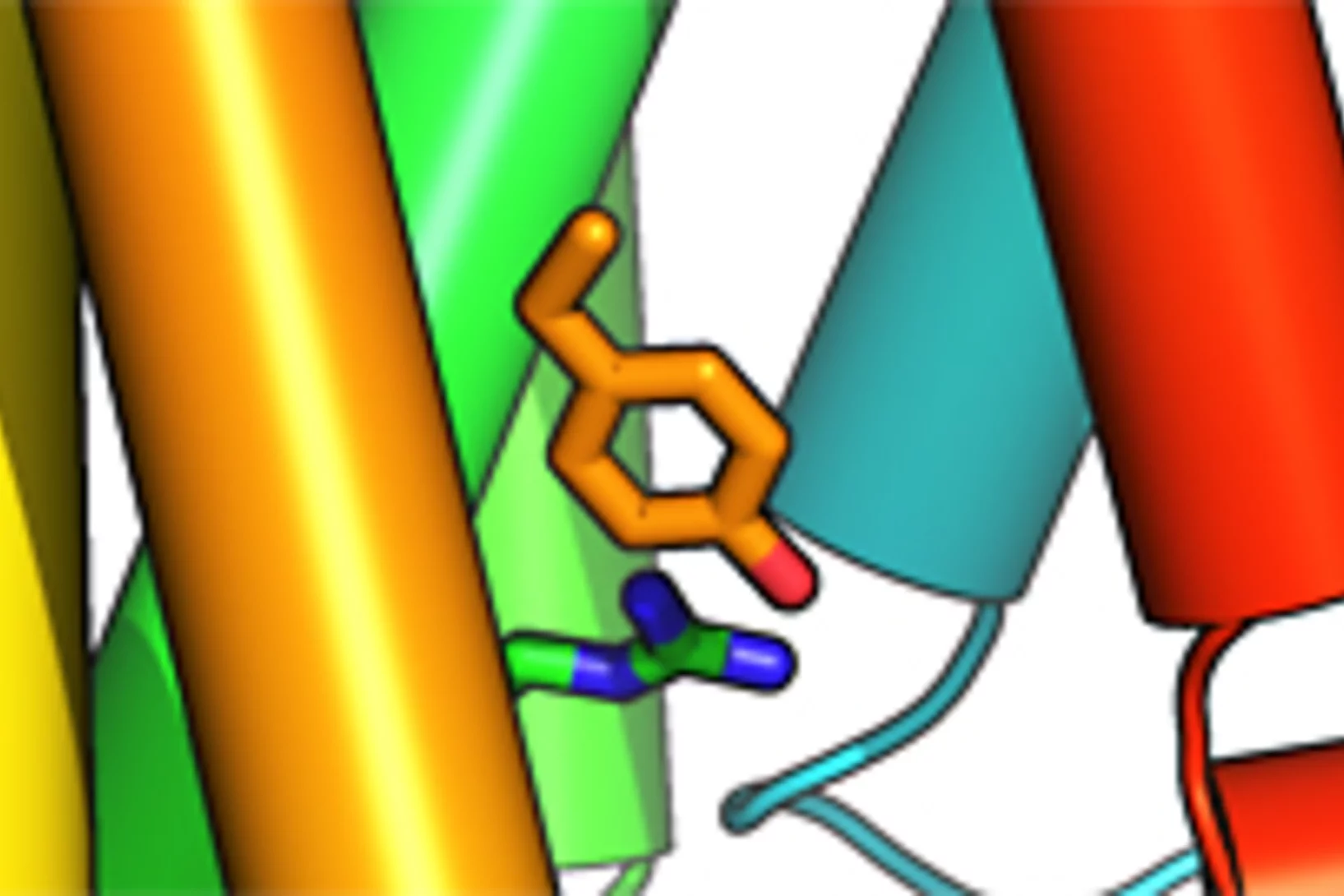Shifting away from nuclear energy, expanding solar and wind power, generating energy from biomass, reducing energy consumption. Switzerland is committed to becoming climate-neutral by 2050. An ambitious goal, which has become more urgent than ever due to the increasingly challenging geopolitical situation. How can a sustainable and resilient energy supply for Switzerland be established over the coming years? What's the optimal way to use renewable energy sources? What new technologies are especially promising? At PSI, researchers are seeking answers to these crucial questions.
Alzheimer plaques in 3D
Researchers have succeeded in generating detailed three-dimensional images of the spatial distribution of amyloid plaques in the brains of mice afflicted with Alzheimer’s disease. The new technique used in the investigations provides an extremely precise research tool for a better understanding of the disease. In the future, scientists hope that it will also provide the basis for a new and reliable diagnosis method. The results were achieved within a joint project of two research teams à one from the Paul Scherrer Institute (PSI) and ETH Zurich, the other from the École Polytechnique Fédérale de Lausanne (EPFL).
Flow modeling in gas diffusion layers of PEFCs at the micro- and mesoscale
he optimization of thermochemical and electrochemical conversion systems is of high importance for a sustainable energy future society. Of particular interest regarding the performance of polymer electrolyte fuel cells (PEFCs) is the study of the gas flow in the gas diffusion layers (GDL). More specifically, permeability and diffusivity measurements in a model PEFC under normal operating conditions are highly desirable. As laboratory-measurements of these quantities under such conditions are very demanding, an alternative is the use of computer-based simulations.
Three centuries of eastern european and Altai lead emissions recorded in a belukha ice core
Human activities have significantly altered atmospheric Pb concentrations and thus, its geochemical cycle, for thousands of years. Whereas historical Pb emissions from Western Europe, North America, and Asia are well documented, there is no equivalent data for Eastern Europe. Here, we present ice-core Pb concentrations for the period 1680à1995 from Belukha glacier in the Siberian Altai, assumed to be representative of emissions in Eastern Europe and the Altai.
Reconstruction of atmospheric lead concentrations in Russia since 1680
A research team from the Paul Scherrer Institute has reconstructed the concentration record of lead in the atmosphere in Russia since 1680. The results demonstrate a significant increase in the atmospheric lead concentrations since the 1930s and a significant reduction since the 1970s.
Energiewende: Das Ganze sehen, die Details bedenken
Die Energiewende als politischer Wille ist Realität, aber wie wird die Schweiz ihre Energieversorgung aus dem heutigen Stand in diejenige überführen, die die für das Jahr 2050 formulierten Ziele erfüllt? Mit Fragen der Umsetzung, mit den Optionen und den Herausforderungen des beschlossenen Umbaus der schweizerischen Energielandschaft befasste sich am 14. Mai 2012 die Energietagung des Paul Scherrer Institut. Im Mittelpunkt stand der bei einer zunehmend dezentralen Energieversorgung notwendige Umbau der Stromnetze.This news release is only available in German.
Red-green-blue polymer light-emitting diode pixels printed by optimized laser-induced forward transfer
An optimized laser-induced forward transfer (LIFT) technique has been used to fabricate tri-color organic light-emitting diode (OLED) pixels. At reduced pressures, and with a defined donor-receiver gap, patterned depositions of polyfluorene-based OLED pixels have been achieved. OLED pixel functionality has been demonstrated and compared with devices made using conventional deposition techniques. In addition, improved functionality has been obtained by coating the cathode with an electron-injecting layer, a process not possible using conventional OLED fabrication techniques. The OLED pixels fabricated by LIFT reach efficiencies on the range of conventionally fabricated devices and even surpass them in the case of blue pixels.
Direct observation of the quantum critical point in heavy fermion CeRhSi3
In many heavy fermion materials the quantum critical point is masked by superconductivity and it can only be detected by use of a local probe. In the noncentrosymmetric heavy fermion CeRhSi3 the ground state at ambient pressure is antiferromagnetically ordered and superconductivity sets in above 12 kbar coexisting with antiferromagnetism. We have unraveled a magnetic quantum critical point hidden deep inside the superconducting state of CeRhSi3.
Three-Dimensional Spin Rotations in a Monolayer Electron System
In the emerging field of spintronics, the generation, injection, and in particular the control of highly spin polarized currents are main issues to be solved. Lifting of spin degeneracy by the spin-orbit interaction at surfaces, known as Rashba effect, represents a promising approach, since it generates two spin-polarized bands without the necessity of an external field. In our recent study, we realize such a system for a metallic surface layer on a semiconductor: Au/Ge(111).
Retention of radioactive iodine in serious NPP accidents
Researchers at the Paul Scherrer Institute [PSI] have developed a highly efficient technique for filtering radioactive iodine. It removes virtually all of the iodine from radioactively contaminated exhaust air before its release into the environment after a meltdown at a damaged nuclear power plant. The process has recently become ready for worldwide use at nuclear power installations, after PSI and the industrial company CCI AG (Balterswil/TG) have signed a licensing agreement for the PSI patented process.
Physicists observe the splitting of an electron inside a solid
An electron has been observed to decay into two separate parts, each carrying a particular property of the electron: a spinon carrying its spin à the property making the electron behave as a tiny compass needle à and an orbiton carrying its orbital moment à which arises from the electron’s motion around the nucleus. These newly created particles, however, cannot leave the material in which they have been produced.
Physicists observe the splitting of an electron inside a solid
An electron has been observed to decay into two separate parts, each carrying a particular property of the electron: a spinon carrying its spin – the property making the electron behave as a tiny compass needle – and an orbiton carrying its orbital moment – which arises from the electron’s motion around the nucleus. These newly created particles, however, cannot leave the material in which they have been produced.
Ellipsoidal hybrid magnetic microgel particles with thermally tunable aspect ratios
We report on the synthesis and characterization of multiresponsive hybrid microgel particles. The particles consist of ellipsoidal silica-coated maghemite cores subsequently coated with thermoresponsive poly (N-isopropylacrylamide) (PNIPAM) shells. The PNIPAM shell enables the hybrid particle to alter its size and ratio of long to small axis with increasing temperature while the core morphology remains unchanged.
Grosspumpversuch auf geplantem SwissFEL-Gelände
Zur Kühlung des SwissFEL soll Grundwasser genutzt werden. Ein Grosspumpversuch soll nachweisen, dass durch die Wasserentnahme der Grundwasserspiegel nicht übermässig abgesenkt wird und dass insbesondere die Trinkwasserversorgung von Würenlingen, Döttingen und Klein-Döttingen nicht beeinträchtigt wird. Während des Versuchs werden im Juli 2012 zwei Wochen lang 50 Liter Grundwasser pro Sekunde abgepumpt und in die Aare geleitet. Gleichzeitig wird der Grundwasserspiegel an den verschiedenen Entnahmestellen beobachtet. Die Vorbereitungen für den Versuch beginnen im März 2012.This news release is only available in German.
PSI-Feriencamp 2012
Suchen Sie für Ihr Kind ein spannendes Angebot während den Sommerferien? Möchten Sie in ihm die Neugier und Begeisterung für naturwissenschaftlich-technische Themen wecken? Die Berufsbildung und das Komitee für Chancengleichheit führt dieses Jahr zum achten Mal das PSI-Feriencamp durch!
Creating magnetism takes much longer than destroying it
Researchers at the Paul Scherrer Institute are finding out how long it takes to establish magnetism and how this happens. Establishing a magnetically ordered phase in the metallic alloy iron-rhodium takes much longer than the reverse process of demagnetization. The result comes from basic research, but has relevance for the computer industry, as it shows which processes limit the speed of magnetic data storage and where improvements might be made.
Creating magnetism takes much longer than destroying it
Researchers at the Paul Scherrer Institute are finding out how long it takes to establish magnetism and how this happens.
Structural and magnetic dynamics of a first order phase transition
We use time-resolved x-ray diffraction and magneto-optical Kerr effect to study the laser-induced antiferromagnetic to ferromagnetic phase transition in FeRh. The structural response is given by the nucleation of independent ferromagnetic domains (t ~ 30 ps).
Directly coupled Ferromagnetism and Ferroelectricity in the Olivine Mn2GeO4
The olivine compound Mn2GeO4 is shown to feature both a ferroelectric polarization and a ferromagnetic magnetization that are directly coupled and point along the same direction. We show that a spin spiral generates ferroelectricity, and a canted commensurate order leads to weak ferromagnetism.
How the body distinguishes between self and non-self – important structures explained
Like a shredder, the immunoproteasome cuts down proteins into peptides that are subsequently presented on the cellular surface. The immune system can distinguish between self and non-self peptides and selectively kills cells that present non-self peptides at their surface. In autoimmune diseases, this mechanism is deregulated. However, inhibition of the immunoproteasome may alleviate disease symptoms and progression. With the help of measurements taken at the Paul Scherer Institute, scientists have now succeeded in determining the first structure of an immunoproteasome.
Kooperation für perfekte Beschleunigung
Mehr als 10'000 Einzelteile à alle auf den Tausendstelmillimeter exakt à sollen bei der Zusammenarbeit zwischen dem Paul Scherrer Institut PSI und Oerlikon Mechatronics AG, Trübbach gebaut werden und am Ende für perfekte Beschleunigung im SwissFEL, dem geplanten Röntgenlaser des PSI sorgen. Für den SwissFEL-Linearbeschleuniger wird Oerlikon Mechatronics die sogenannten Kupfertassen herstellen (komplex geformte und hochpräzise Scheiben) und diese zu Hohlräumen (Kavitäten) zusammenfügen, in denen sich die nötigen beschleunigenden Kräfte erzeugen lassen.This news release is only available in German.
Using heat for storing data
An international research team has demonstrated a new way to record information on a magnetic medium without the use of a magnetic field. Instead, they found that they could record information using only a heat pulse. This method of recording might allow one to record Terabytes (1000s of Gigabytes) of information per second being 100s of times faster than present hard drive technology, and consumes much less energy by using heat without the need for a magnetic field. Using modern lithographic methods and x-ray microscopy, researchers from the Paul Scherrer Institute contributed considerably to this work.
Kein Blick in die Kristallkugel
Das Paul Scherrer Institut wird in Zusammenarbeit mit dem Weltenergierat nachvollziehbare Modelle für zukünftige globale Energiesysteme entwickeln. In einem auf drei Jahre ausgelegten Projekt wollen PSI-Forscher um Stefan Hirschberg ein Modell entwickeln mit dem man Aussagen über zukünftige Energiesysteme machen kann. Das besondere daran ist, dass es sich um ein sogenanntes Open-Source-Modell handeln wird. D. h. Experten und andere Interessenten können einen Zugang zum Programm erhalten, sowie Informationen darüber, von genau welchen Annahmen die Forscher bei der Ausarbeitung ihres Modells ausgegangen sind. Das ist bei kommerziellen Anbietern von Prognosewerkzeugen nicht üblich.This news release is only available in German.
Origin of the Large Polarization in Multiferroic YMnO3 Thin Films
Multiferroic materials have attracted much interest because of their ability to control magnetism by the application of an electric field. This ability is expected to reduce the power required by electronic devices and to increase their speed. However, the number of multiferroic materials discovered so far has been small, and ferromagnetism and ferroelectricity in the known materials are often much weaker than required for practical applications.
It works: Ultrafast magnetic processes observed live
using an X-ray laser
In first-of-their-kind experiments performed at the American X-ray laser LCLS, a collaboration led by researchers from the Paul Scherrer Institute has been able to precisely follow how the magnetic structure of a material changes. The change of structure was initiated by a laser pulse, and investigated with the help of short X-ray pulses. It appears as if the structure begins to change 400 femtoseconds after the laser pulse strikes. Such investigations will be a major focus of research at the planned Swiss X-ray Laser, SwissFEL, at PSI.
Liquids in narrow spaces
How does spatial confinement affect the microscopic structure of liquids?
This is a question which is receiving increasing attention from condensed matter physicists. Liquids are characterized by a short-ranged, so-called local structure, and it has been predicted theoretically about 25 years ago that confinement induces anisotropy in the local structure, and hence many properties, of liquids.
Femtosecond dynamics of an antiferromagnetic phase transition
We report on the ultrafast dynamics of magnetic order in a single crystal of CuO at a temperature of 207 K in response to strong optical excitation using femtosecond resonant x-ray diffraction. In this experiment performed at the LCLS X-ray free electron laser at Stanford a femtosecond laser pulse induces a sudden, nonequilibrium increase in magnetic disorder.
Fossile Vorläufer der ersten Tiere
Einzellige Organismen, die vor über einer halben Milliarde Jahre gelebt haben und deren Fossilien in China gefunden wurden, sind wohl die unmittelbaren Vorläufer der frühesten Tiere. Die amöbenartigen Einzeller haben sich in einer Weise in zwei, vier, acht usw. Zellen geteilt, wie es heute tierische (und menschliche) Embryonen tun. Die Forscher glauben, dass diese Organismen einem der ersten Schritte vom Einzeller zum Vielzeller in der Entwicklung richtiger Tiere entsprechen.This news release is only available in German.
A close look at correlated electrons in heavy-fermion metal through ARPES
Showing astonishing properties like magnetism, superconductivity, Kondo and heavy-fermion (HF) behavior, rare-earth intermetallic compounds have been at the forefront of modern solid state physics for many years. Most of these properties are related to a delicate interplay between the partially filled 4f-shell and conduction electrons.
Vertical Emittance of the SLS Storage Ring
On the 6th of December 2011 the vertical emittance of the SLS storage ring could be reduced to a world record low value of 1pm rad. The vertical beam size in the short straight sections of the SLS is then only 3 micron (rms). This was achieved through vertical re-alignment of the magnet girders with 400mA stored beam and fast orbit feedback running, as well as through application of several different methods of coupling suppression using 36 skew quadrupoles. High resolution profile monitor utilizing vertically polarized component of synchrotron radiation allowed precise determination of the beam size.
Wenn die Datenleitung in die Zelle versagt
Lebende Zellen empfangen dauernd Informationen von aussen, die über Rezeptoren in das Zellinnere weitergeleitet werden. Genetisch bedingte Fehler in solchen Rezeptoren sind der Grund für zahlreiche Erbkrankheiten darunter verschiedene hormonelle Funktionsstörungen oder Nachtblindheit. Forschern des Paul Scherrer Instituts ist es nun erstmals gelungen, die exakte Struktur eines solchen fehlerhaften Rezeptors aufzuklären.This news release is only available in German.

